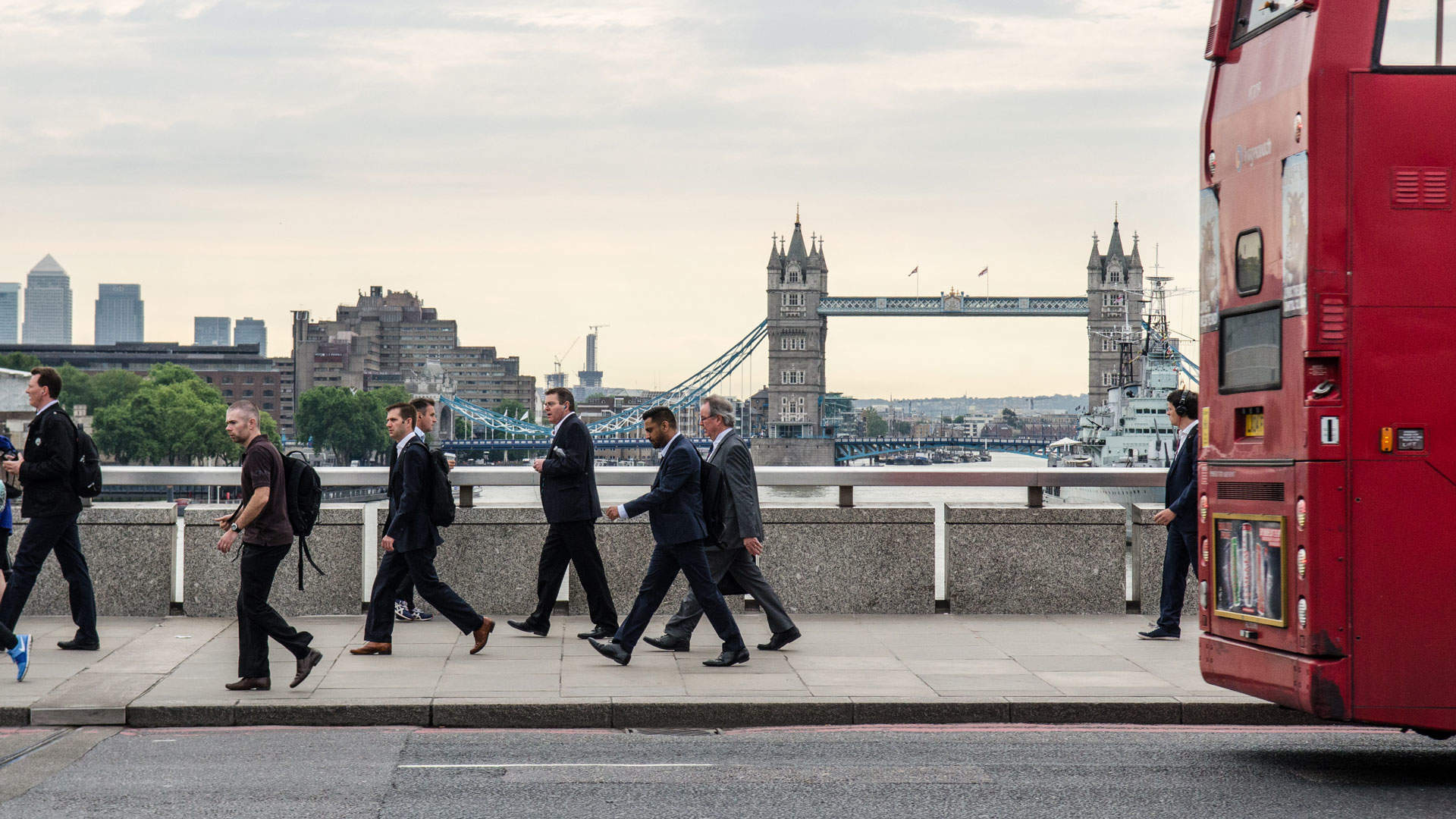
A think tank has found that London employment is on the up, as job numbers rise despite the political uncertainty surrounding Brexit.
The Centre for London’s quarterly review of London’s demographic, housing, transport, economic and quality of life data, published today in The London Intelligence, found that job numbers in London reached a record high of 5.9 million at the end of June this year. This is the highest since the data first started being recorded in 1996.
Unemployment is also down to 255,000, falling 0.4% since last year.
Centre for London found that the real estate sector and the creative industries are performing particularly well, both growing 7% in the first quarter of 2018 after a previous downward trend.
This suggests that London is currently faring better than the rest of the UK, where job numbers grew by just 0.5% this year. Business confidence, as measured by the Purchasing Manager’s Index derived from monthly surveys of private sector companies, is also one point higher than the UK as a whole.
London employment growing but migration is falling
However, although London employment appears currently unscathed by Brexit, other areas are feeling the impact. A slowdown in international migration suggest that the city is become a less desirable place to live and work.
How well do you really know your competitors?
Access the most comprehensive Company Profiles on the market, powered by GlobalData. Save hours of research. Gain competitive edge.

Thank you!
Your download email will arrive shortly
Not ready to buy yet? Download a free sample
We are confident about the unique quality of our Company Profiles. However, we want you to make the most beneficial decision for your business, so we offer a free sample that you can download by submitting the below form
By GlobalDataNet international migration (year to mid-2017) to London was 83,500; 34% on the previous year, and the lowest level since 2013. In the same period, 106,000 people move away from London, a 14% cent increase on the previous year.
The number of foreign nationals registering for national insurance numbers also gives an indication that migration is down, particularly from the EU. The total number of registrations falling by 25% among EU nationals, whereas non-EU registrations rose by 9%.
This suggests that London is becoming a less attractive place to live, especially for those living in the EU. This could be heightened by rising house prices, which increased by 2.8% in the year to May 2018. This, combined with stagnant wages, has led Centre for London to suggest in The London Intelligence that “the continuing affordability crisis and the prospect of Brexit are dampening the city’s appeal.”
Crime and pollution are on the up
Other quality of life indicators, such as crime and pollution, worsened over the past year. In the quarter to June, total crimes rose by 0.4% compared to the same period in 2017, and violent crime rose 3.6%. Particulate matter pollution, the most dangerous to human health, saw annual increases of over 15% both on main roads and background levels.
Research manager at the Centre for London Silviya Barrett believes that the mixed results signify that the city may face problems as a result of Brexit in the future:
“The strong employment numbers and buoyant economic performance are encouraging against the background of continuing political uncertainty around Brexit. However, declining pay levels and stalling productivity are signs that there could be stumbling blocks on the horizon.
“While some might interpret the drop in migration and population growth as easing the pressure on infrastructure and public services, in the longer term, it has the potential to threaten their viability and significantly damage our economy.”







